What is the natural color of a healthy tooth? Clearing The Myths Behind Teeth Whitening.
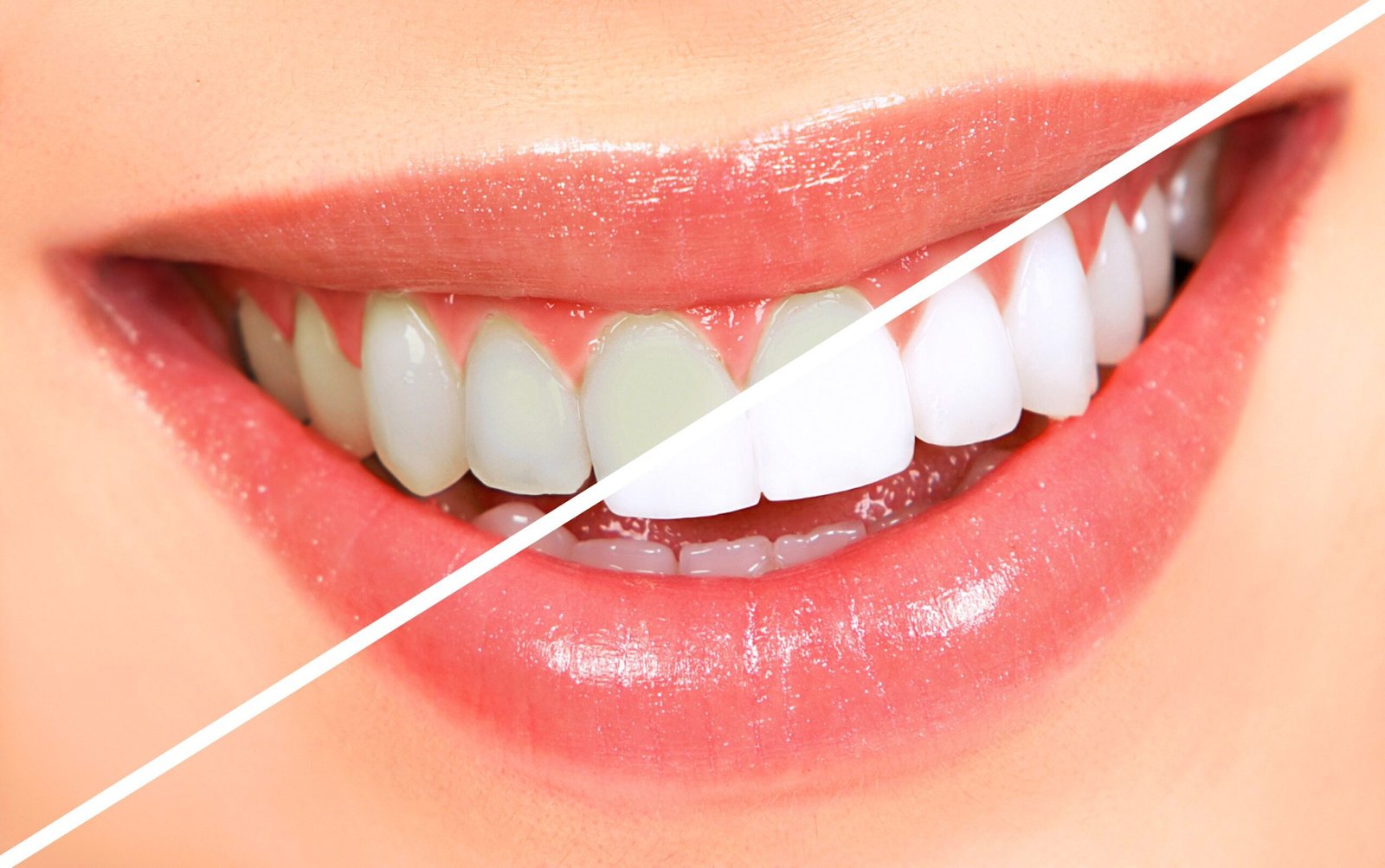
People often equate bright, white teeth with good oral hygiene. However, dentists assert that the natural color of teeth isn’t pure white and can vary widely due to genetic, lifestyle, and dietary factors. In this article, we’ll explore the actual natural color of teeth and look at dentist-recommended cleansing agents that can maintain oral health and support natural teeth color without unnecessary whitening.
1. What is the Natural Color of Healthy Teeth?
Shades Of A Healthy Teeth
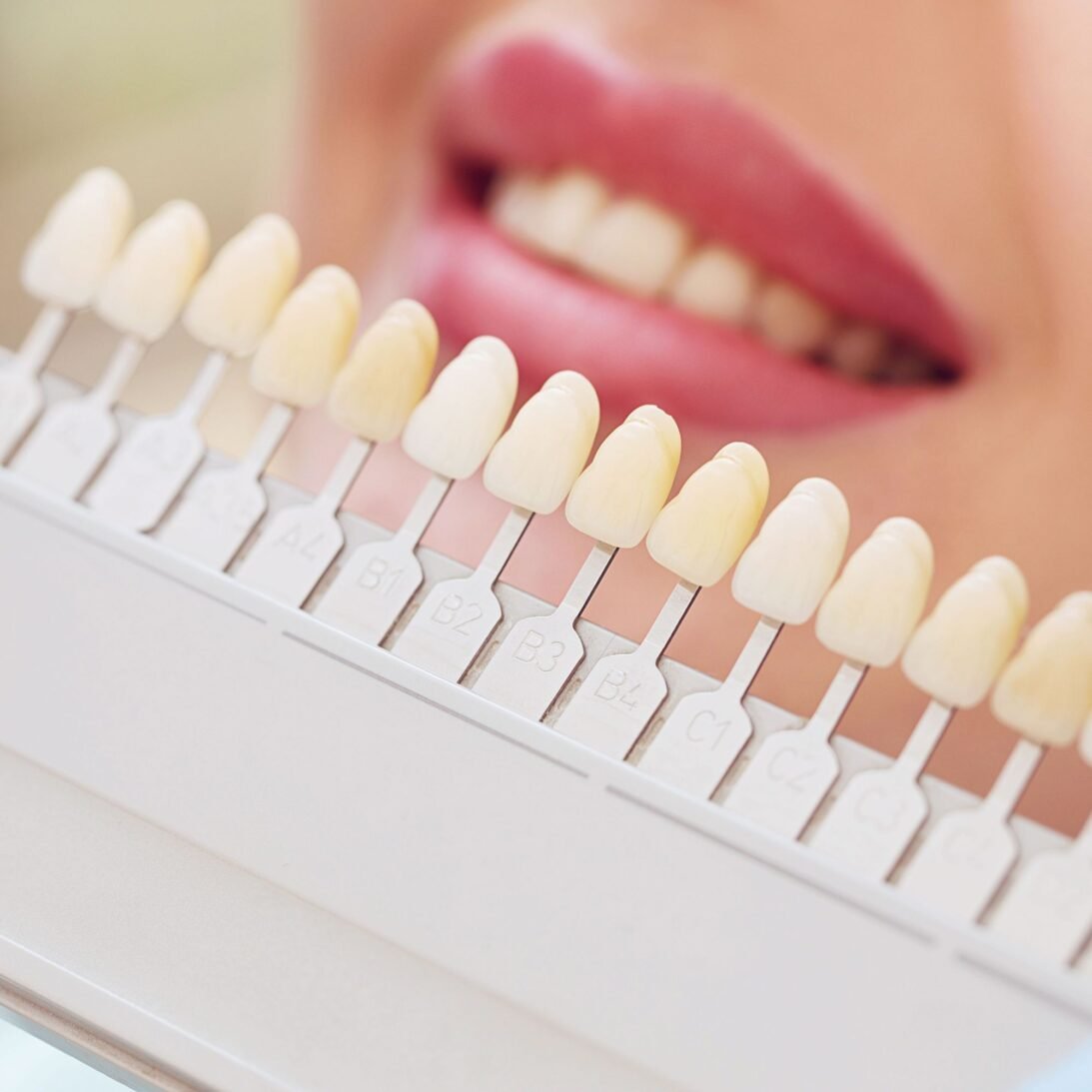
While we may perceive “perfect” teeth as ultra-white, the reality is quite different. Natural, healthy teeth tend to have an off-white or slightly yellow hue. This color is influenced by the color of dentin, the layer beneath the enamel, which often has a yellowish tint. The translucent nature of enamel allows the color of dentin to show through, resulting in teeth that appear off-white to light yellow or even grayish in some cases. According to the American Dental Association (ADA), some people may naturally have teeth with yellow or gray undertones due to factors like genetics or age, and this does not necessarily indicate poor oral hygiene affects teeth color.
Beyond genetics, lifestyle factors, including diet and smoking, can further affect teeth color. Consuming coffee, tea, and red wine regularly, or using tobacco products, can darken teeth over time. In addition, certain medications, especially tetracycline antibiotics, can cause discoloration if taken at an early age.
2. Why Pure White Teeth Are Not Always Healthy
The Misconceptions Behind Teeth Whitening
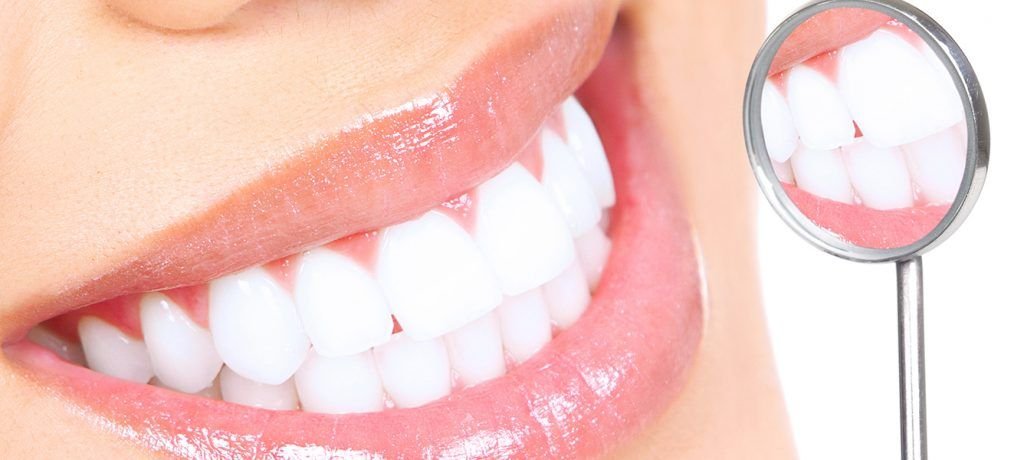
Dentists warn against the obsession with ultra-white teeth, as this can lead people to seek frequent or aggressive whitening treatments, which can damage the enamel. Dr. Kevin Sands, a prominent cosmetic dentist, explains that enamel erosion is one of the most common side effects of excessive teeth whitening. Thin enamel may make teeth more vulnerable to sensitivity and decay, leading to long-term oral health issues .
Embracing Nar for Oral Health
Experts agree that it is better to maintain your teeth’s natural shade through good oral hygiene and regular checkups rather than aiming for a “pure white” appearance. Dentists recommend opting for treatments that enhance the natural color instead of overly abrasive whitening agents, which can erode the enamel.
3. Dentist-Recommended Cleansing Agents for Natural Teeth Color
Fluoride Toothpaste for Strong Enamel
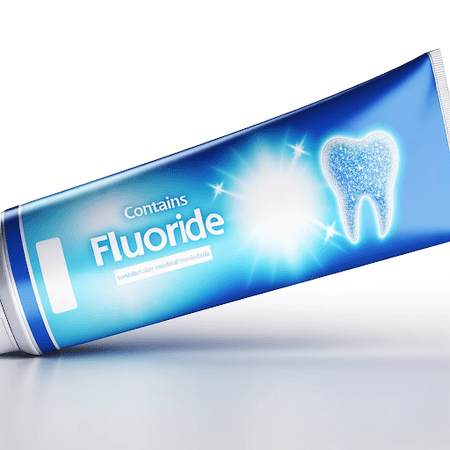
One of the most widely recommended cleansing agents for maintaining natural teeth color is fluoride toothpaste. Fluoride helps to strengthen enamel, making it more resistant to decay and discoloration. The ADA recommends using fluoride toothpaste twice a day to help maintain natural teeth color by keeping teeth clean and healthy .
Whitening Toothpaste eg Soda
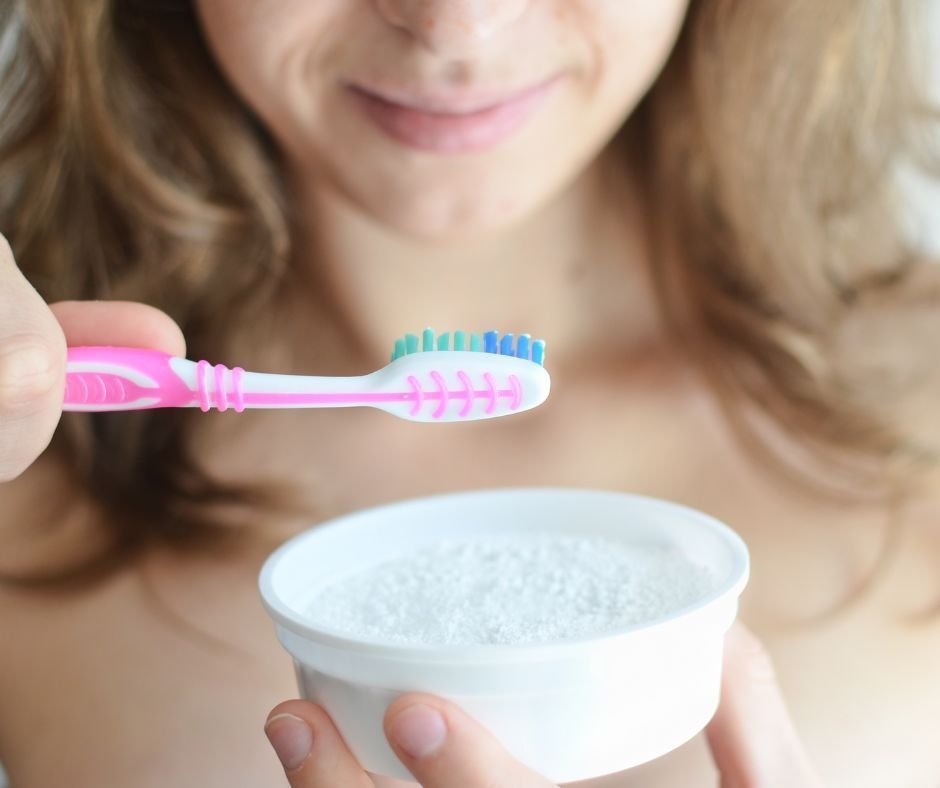
Dentists often suggest using whitening toothpaste with gentle ingredients like baking soda, which can effectively lift surface stains without harming enamel. Baking soda’s mild abrasiveness can help remove stains from the enamel, leading to a brighter appearance while preserving the natural tooth color. According to Colgate, baking soda-based toothpaste is one of the best options for maintaining natural brightness without excessive abrasiveness .
Hydrogen Peroxide Mouthwash for Stain Removal
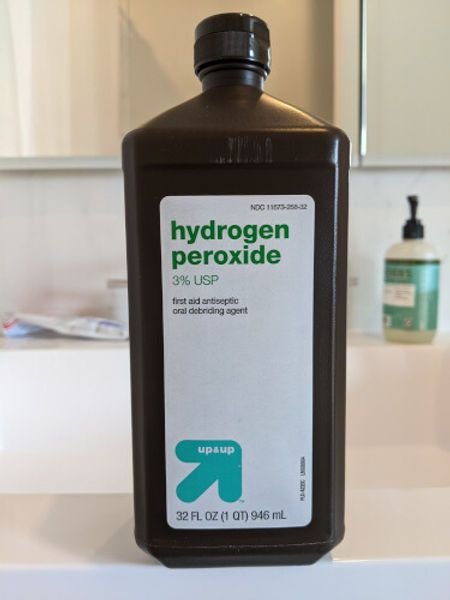
For people seeking a mild bleaching effect, hydrogen peroxide-based mouthwashes are also recommended by dentists. While stronger bleaching agents can be harsh, low concentrations of hydrogen peroxide can gently remove surface stains. Dr. Mark Burhenne, author of “The 8-Hour Sleep Paradox,” suggests that hydrogen peroxide is both effective and safe for occasional use, especially if you are looking to maintain the natural tone of your teeth rather than achieving a bright white color .
Gentle Cleaning with Charcoal
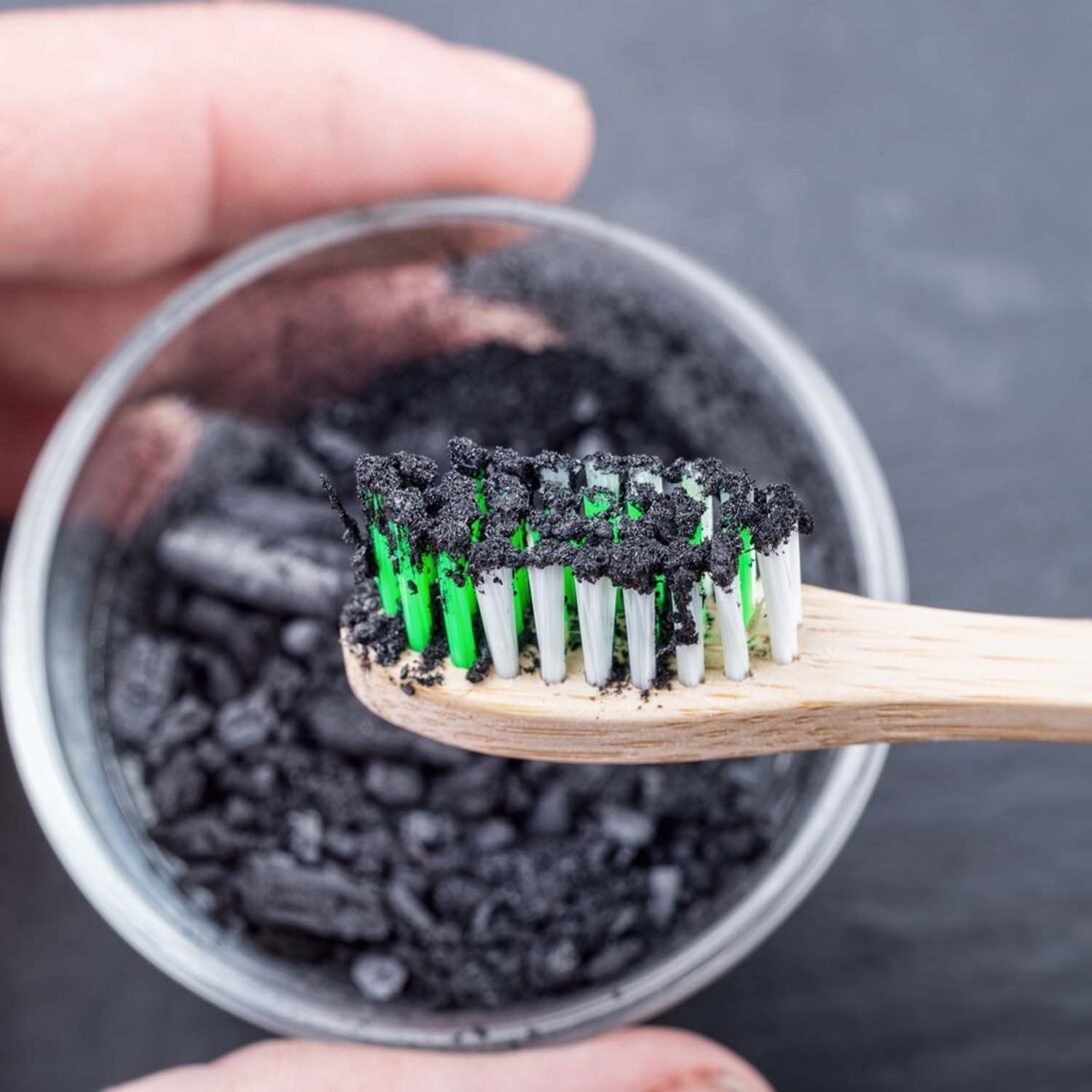
Activoal, used sparingly, is another cleansing agent that some dentists approve for its ability to absorb stain-causing compounds on the surface of teeth. However, it should be used with caution. A study by the Journal of the American Dental Association warned that overuse could lead to enamel erosion due to its abrasive nature. Dentists recommend using it no more than once or twice a week to avoid damage .
4. Tips for Long-Term Maintenance of Nah Color
Balanced Diet and Regular Brushing
A balanced diet low in acidic foods, combined with brushing twice daily, is essential for maintaining natural teeth color. Acidic foods and drinks, like soda and citrus fruits, can erode enamel over time, making teeth appear more yellow. Dentists recommend rinsing your mouth with water after consuming these items to minimize enamel damage.
Routine Dental Visits
Regular dental cleanings are crucial for removing plaque and tartar buildup that can darken teeth over time. According to Dr. Sands, professional cleanings every six months are one of the most effective ways to keep teeth looking healthy and naturally bright without needing extensive whitening treatments.
Reflections
While ultra-white teeth might seem appealing, healthy teeth vary in color and are often off-white or slightly yellow. Dentists emphasize that the natural color of teeth should be embraced, with a focus on maintaining a clean, healthy smile through the right cleansing agents and good oral hygiene. Fluoride toothpaste, hydrogen peroxide mouthwash, and occasional use of baking soda-based whitening toothpaste can be valuable tools for supporting oral health and a naturally bright smile without compromising enamel strength.
Maintaining natural teeth color is about choosing gentle, effective products and practicing regular care. Ultimately, healthy teeth that are slightly off-white are not only normal but desirable for strong enamel and long-term dental health.
References
1. American Dental Association (ADA). (n.d.). “What Is the Natural Color of Teeth?” Retrieved from ADA.org
2. Colgate. (2023). “Does Baking Soda Help Whiten Teeth?” Retrieved from Colgate.com
3. Burhenne, M. (2022). “The Safe Way to Whiten Your Teeth.”
4. Sands, K. (2023). “Avoid the Whitening Trap: How to Maintain Healthy Teeth.”
5. Journal of the American Dental Association. (2021). “The Use of Charcoal in Dental Care.”
6. Healthline. (2022). “Is Hydrogen Peroxide Safe for Teeth Whitening?”
Also Read: Why Most Women Barely Reach Orgasm: Unveiling the Facts Behind Female Sexual Satisfaction













